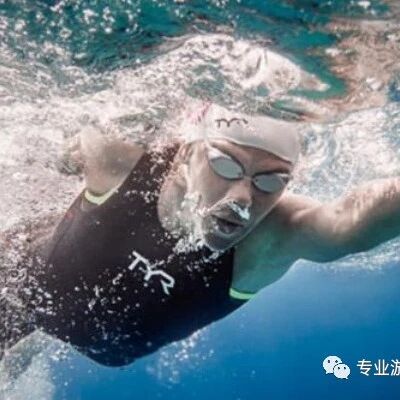The often-overlooked reason why breaststroke isn't getting faster
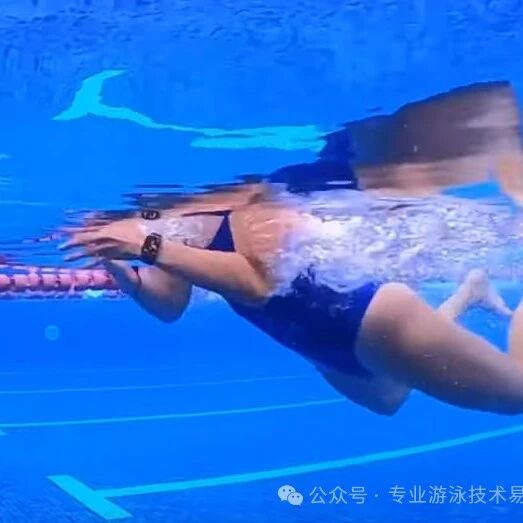
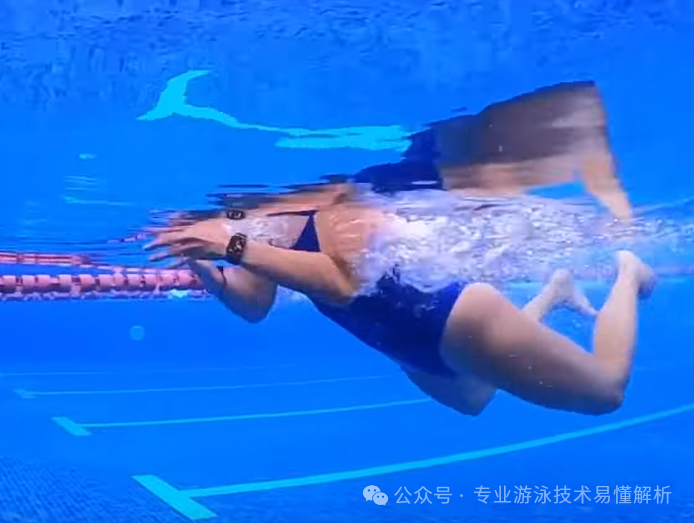
I’ve always shared my experiences and insights on swimming—most of my articles focus on freestyle, with very few dedicated to breaststroke. There are two main reasons for this: First, people don’t seem to have high expectations for breaststroke; you’ll often see plenty of swimmers in the pool using rather unconventional techniques, yet they still manage to swim effectively. So, there’s really no need to write about it. Second, mastering breaststroke is significantly more challenging than learning freestyle. Once you’ve perfected the basic breaststroke technique, further improving your performance becomes far tougher compared to refining freestyle.
Typically, breaststroke is a relatively slow swimming style, and there are two main reasons for this, especially during the initial learning phase: First, swimmers often fail to turn their feet properly before kicking, ensuring that the entire soles of their feet are fully engaged in the water. Second, the kick-and-pull motion is performed separately—either by executing the kick first, followed by the pull, or by kicking quickly while delaying the timing of the pull. As swimmers progress into the improvement phase, the focus shifts primarily to refining the arm movements in breaststroke, a detail that’s often overlooked. During this advanced stage, different schools of breaststroke technique emerge: some emphasize long, steady strokes with a flat kick, while others favor short, explosive waves. Regardless of the approach, the key lies in maintaining proper hip stability and mastering the rhythm of the stroke.
First, let’s discuss the propulsion phase: the frog kick involves four distinct steps—outward sweep, water catch, inward sweep, and forward extension. The outward sweep should not exceed shoulder width, while during the water catch, keep your elbows high as you scoop the water. As you perform the inward sweep, engage your core to naturally bring your elbows together, then smoothly extend your legs forward in one fluid motion.
Many swimmers tend to overextend their outward arm movements in the breaststroke, often ending the pull just as the water has already slipped away—leaving them unable to effectively "grab" the water. When performing the outward sweep of the breaststroke arms, it’s important to feel as though you’re doing a push-up. There’s no need for the arms to move excessively wide; instead, think of each arm sweeping outward simply as if using them like brooms—gathering more water into the crooks of your elbows. After achieving that high-elbow catch position, immediately follow with a powerful inward stroke. This motion will create a noticeable sensation, as if your entire upper body is being pulled forward.
Note that while a high-elbow catch is often correct, an improper inward sweep can create the sensation of pulling the upper body upward instead of propelling the entire body forward. This is something to pay special attention to when practicing the breaststroke arm movement. However, in butterfly swimming, combining an upward pull with fluid core engagement may actually enhance wave creation and boost overall speed. That said, in most cases, it’s still recommended to focus on pulling forward rather than upward.
2. Don't overextend your elbow joint backward.
After the frog kick with hands high and elbows tucked into the water, the elbow joint should lift up, becoming perpendicular to the water’s surface. At this point, quickly sweep inward and extend forward—avoid deliberately squeezing the elbows, as this can disrupt the rhythm of the frog kick and throw off your overall swimming cadence.
Some swimmers, after performing the high-elbow recovery phase in the breaststroke, continue to move their elbows backward—sometimes even bringing them close to waist level, or even past their backs. These incorrect movements not only negate the purpose of the high-elbow recovery but also increase the risk of injury to the elbow joint and back. Additionally, such improper breaststroke arm motions can lead to distorted and inefficient leg movements as well.
3. After the frog hand extension, the arm is fully extended.
When the frog's arms extend forward, they remain fully extended, and it’s only at this moment that the frog kicks and closes its legs. As the arms extend fully, the palms face each other and press firmly together—make sure the palms aren’t turned downward. When both hands are flat on the water’s surface, the backs of your hands create surface tension, which actually increases water resistance. Additionally, keep your arms relaxed as they extend forward—don’t tense them up or push rigidly, as this would unnecessarily drain your body’s energy.
When performing the frog kick with high elbows and an inward sweep of the arms, your legs should remain parallel, maintaining a moderate level of tension—avoid letting them go completely slack. Otherwise, as your arms pull the body forward, you’ll feel heavy and sluggish instead of smooth and efficient.
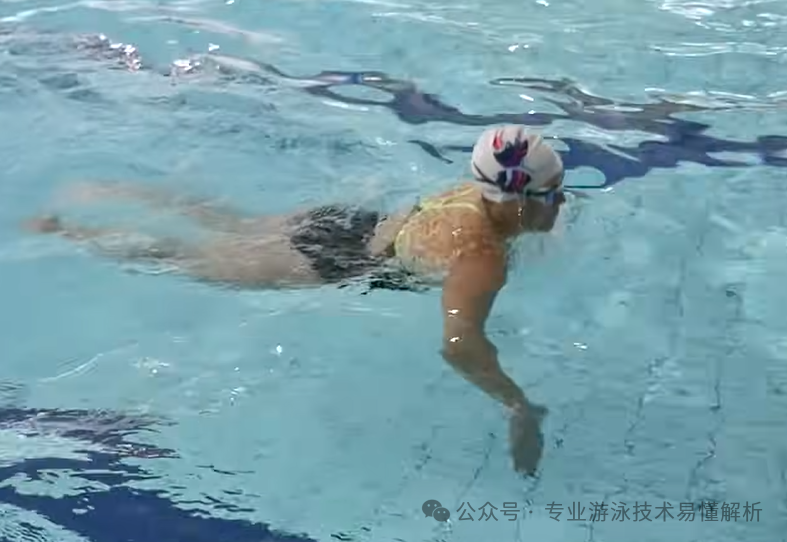
One WeChat official account shares swimming tips, while another focuses on software insights, online resources, and reading experiences.
Thank you for your supportive and encouraging likes, as well as the comments that spark meaningful conversations—and even more, we’d love to see those shares and retweets!
Related Articles
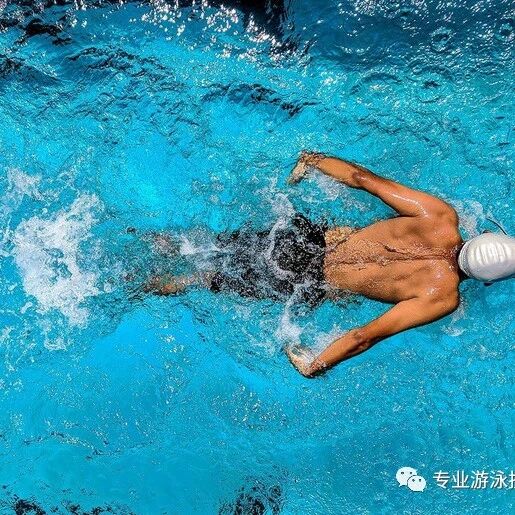
Why is swimming important? People feel more satisfied with life after swimming.
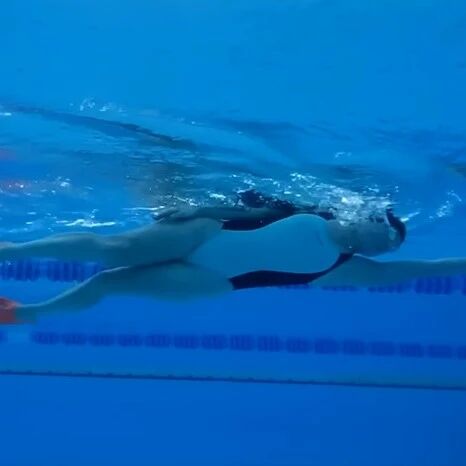
Let's check out the swimming results—there’s been a slight improvement in freestyle performance.
